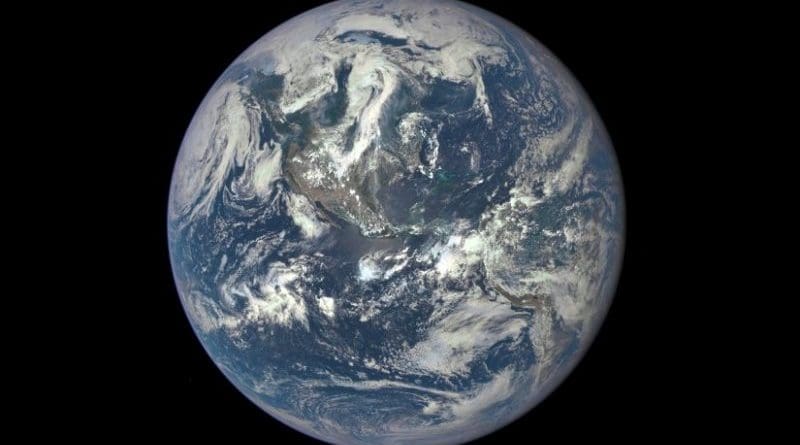Wetlands And Agriculture, Not Fossil Fuels Could Be Causing Global Rise In Methane
Research published in the American Geophysical Union’s journal Global Biogeochemical Cycles shows that recent rises in levels of methane in the earth’s atmosphere is being driven by biological sources, such as swamp gas, cow burps, or rice fields, rather than fossil fuel emissions.
Atmospheric methane is a major greenhouse gas that traps heat in our atmosphere, contributing to global warming. Its levels have been growing strongly since 2007, and in 2014 the growth rate of methane in the atmosphere was double that of previous years, largely driven by biological sources as opposed to fossil fuel emissions.
Conventional wisdom refuted
The study, led by researchers at Royal Holloway, University of London shows that methane emissions have been increasing, particularly in the tropics. Researchers discovered that biological sources, such as methane emissions from swamps, make up the majority of increase.
“Our results go against conventional thinking that the recent increase in atmospheric methane must be caused by increased emissions from natural gas, oil, and coal production. Our analysis of methane’s isotopic composition clearly points to increased emissions from microbial sources, such as wetlands or agriculture” said lead author Euan Nisbet from Royal Holloway, University of London’s Department of Earth Sciences.
Methane growth rate doubles
Professor Nisbet said, “Atmospheric methane is one of the most potent greenhouses gases. Methane increased through most of the 20th century, driven largely by leaks from the gas and coal industries.”
He continued, “At the beginning of this century it appeared that the amount of methane in the air was stabilising, but since 2007 the levels of methane have started growing again. The year 2014 was extreme, with the growth rate doubling, and large increases seen across the globe.”
Tropics identified as key source
The research shows that in recent years, the increase in methane has been driven by sharp increases in the tropics, in response to changing weather patterns. It is possible that the natural processes that remove methane from the atmosphere have slowed down, but it is more likely that there’s been an increase of methane emission instead, especially from the hot wet tropics.
Professor Nisbet and his team, together with the US The National Oceanic and Atmospheric Administration (NOAA), have been looking at measurements and samples of air taken from places like Alert in the Canadian Arctic; Ascension, a UK territory in the South Atlantic; Cape Point, South Africa.
International collaboration leads to new conclusions
The research has been carried out by an international team of atmospheric scientists, led by Euan Nisbet, from Royal Holloway, University of London. Ed Dlugokencky, from the NOAA, Martin Manning from Victoria University, Wellington, New Zealand and a team from the University of Colorado’s Institute of Arctic and Alpine Research, led by Jim White, have been working with collaborators from the UK, France, Canada, and South Africa.

